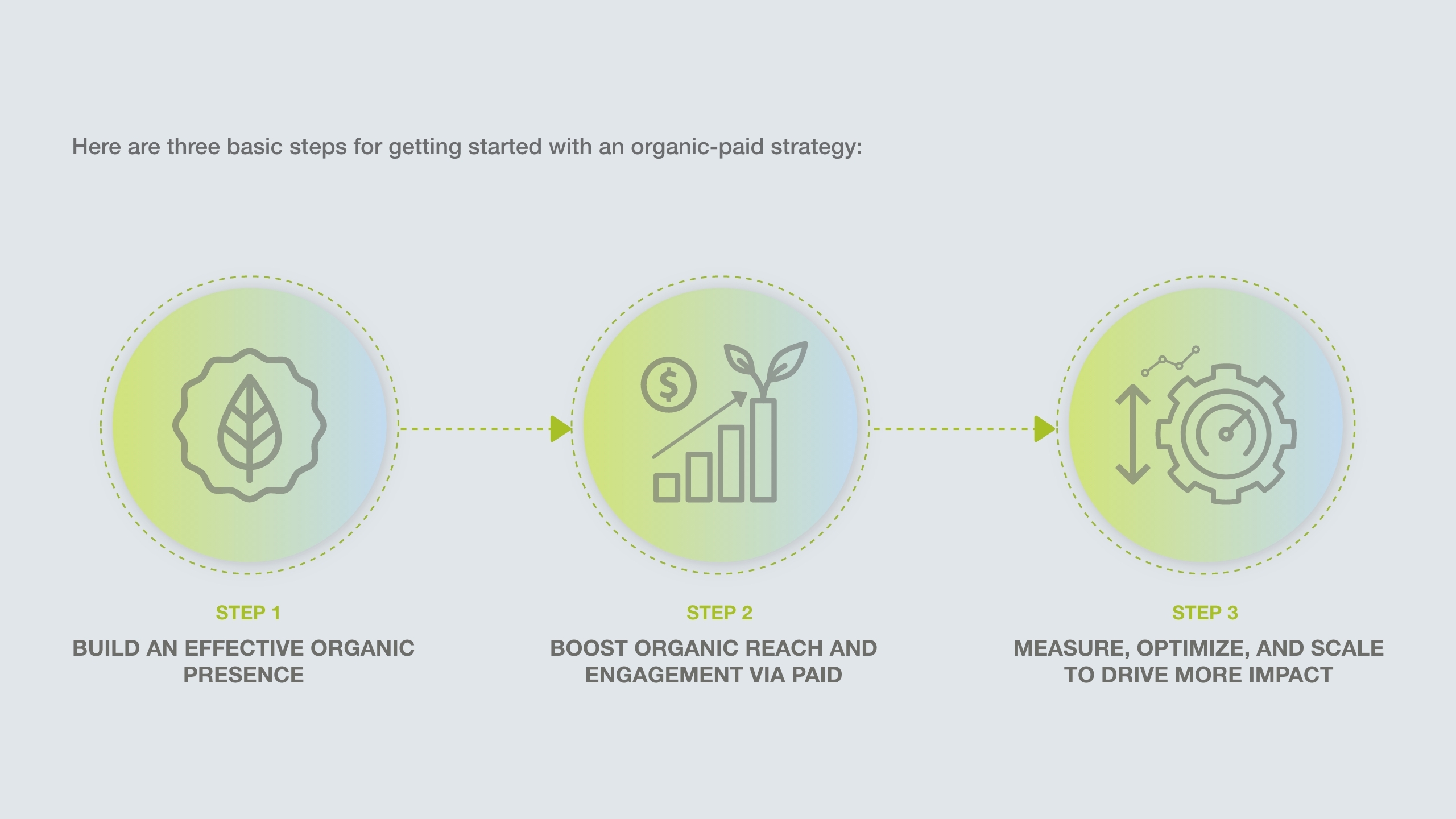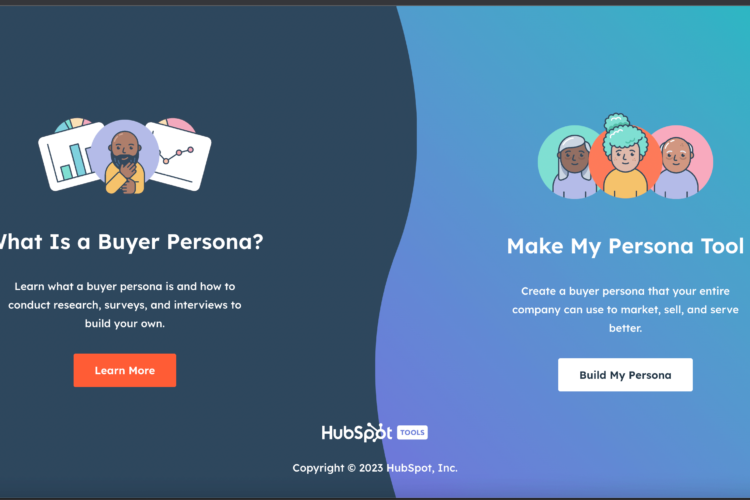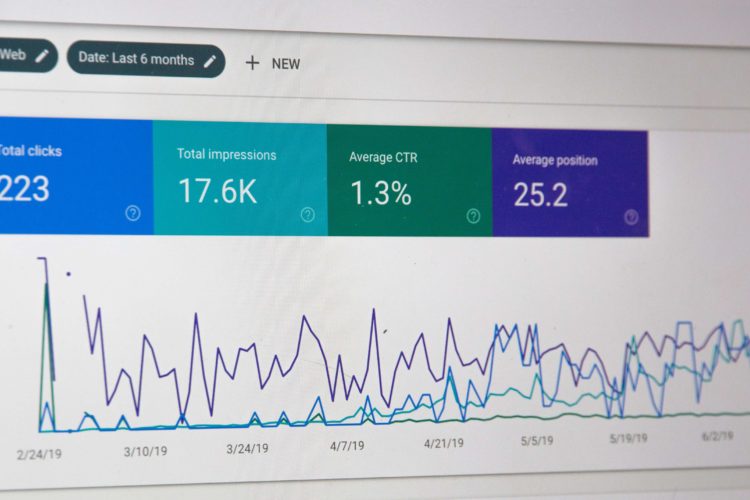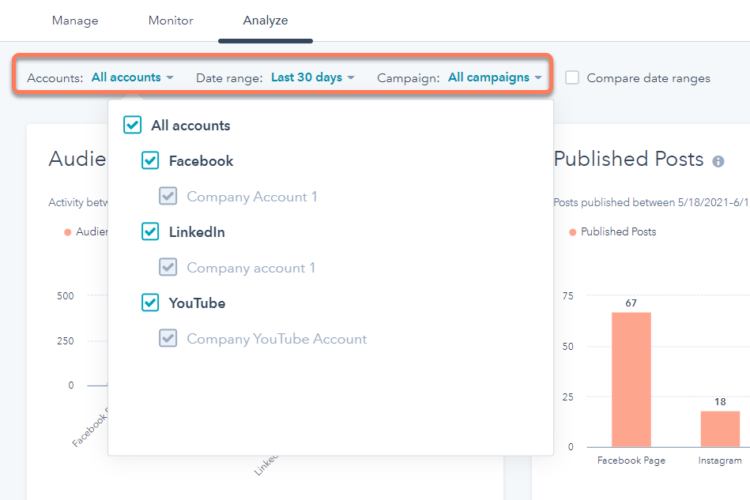Get Started With Your Organic-Paid Media Strategy With These 3 Steps

We see a lot of content, sponsored ads, and branded media posts on various social media platforms. To achieve a good marketing process, one should have a clear understanding of when to post media for free and when to put a dollar value to your post. One of the most effective marketing strategies combines organic and paid media. Here are three basic steps for getting started with an organic-paid strategy.
1. Build an effective organic presence

One must thoroughly understand the concepts of organic and paid media. Organic media is unpaid content that we post on our social media channels in order to reach a smaller but more diverse audience interested in our brands, such as employees, existing customers, and talents. We maximize the benefit of the organic posting by providing broad content about the brand in order to generate genuine interaction. There is a takeaway given that it is free. To maintain an active presence with quality posts on organic media, time and effort are required. However, it gradually establishes good relations and a social media presence within the circle of your brand.
Marketers decide how to approach their target audience, and the use of social media platforms allows them to achieve a variety of marketing objectives. The top primary goals of using social media include—increasing brand awareness, increasing web traffic, growing the brand’s audience, content promotion, and increasing community engagement.
Set the phase by creating your buyer personas to help you boost your organic presence venture. This will direct you to the most profitable platforms for pursuing your goals. Choosing a social media channel is important because you need to know what platforms your target audience uses and how they consume content. Different platforms will assist with various social engagements. A significant social media presence can gradually lead to the formation of a good community. A community is a group of people who are interested in your company. Your employees, investors, and users/customers—all these people share value with your business.
What can you do to get organic posting started?

- Ask questions: The most basic way to initiate a conversation is to ask someone a question. You can ask people how they use your products, ask them a question about current affairs and events, receive feedback, or even engage in some fun trivia!
- Create polls: Another simple but effective way to encourage your followers to interact with your page is through polling. It’s also a great way to get customer feedback when deciding on new product releases and promotions.
- Highlight Services and Products: There is no better way to reach out to your customers than through their social media feeds. Previewing services and products on Facebook or Instagram, especially for new product releases, can help generate early buzz and anticipation. Excite your community!
- Take a look behind the scenes: The ability to show off the personal side of your brand is one of social media’s greatest strengths. Many small businesses succeed by going behind the scenes and posting photos of fun moments at work or of employees away from the office. This allows you to put real people behind your brand and helps people understand where your work comes from.
- Own your digital space: Social media is a great place to try out new strategies. You can change between different types of content at different times and in different ways. At the end of the day, it is how you own your organic space that will pay off in terms of analytics. It won’t happen overnight, but starting your organic venture with a single post can make a significant difference.
2. Boost organic reach and engagement via paid

This type usually takes the form of advertisements aimed at reaching out to potential customers. Paid media conveys a specific message to our target audience. It works best for content with a clear call to action, as well as content tied to specific campaign objectives such as events, job postings, product or service launches, and so on. Organic and paid media have three powerful things in common:
- Shared objectives: Building a brand that your audience will want to engage with will be the common ground of both efforts.
- Common audience: Existing clients and prospective customers will be familiar audiences.
- Connected experience: As you operate an organic-paid strategy, your audience will start to see your posts as one. Organic and paid will give more potent results.
Page followers exposed to organic and paid content have a high chance to convert given the connected experience it creates compared to being exposed only to a sponsored environment. Maximizing and expanding your reach from a solid organic space can achieve visible results over time!
3. Measure, optimize, and scale to drive more impact

Once you start to compel customers, it’s time to figure out how to broaden your brand’s influence by measuring, optimizing, and scaling content pieces. It becomes necessary to assess the type of content that your target audiences want to see. You might be interested in the following topics:
- Celebrations: Content that celebrates an employee’s milestone, new hires, or even a general company achievement bring that humane element that gives value and makes it highly engaging for your audience.
- Engagement: Posting questions or polls encourages interaction. It can also be a simple holiday relevant to the community.
- Lead Generation: These can be content designed to generate leads, most commonly in a form of downloadable PDFs or eBooks.
- Media: Resharing third-party media articles and leaving commentaries that are relevant to your industry is an organic way to share content and have a brand’s point of view.
- Information: It can be content that shares company-specific updates, such as leadership movements, financial performance, product launches, and new initiatives or milestones.
- Talent: It can be content that showcases organizational culture like employee initiatives, employee features, and job opportunities.
These content pieces demonstrate the types of content that should be paid for and those that should be shared organically. In the organic space, simple gestures like celebration posts, polls/questions, and reshared media articles are ideal. In a paid environment, content with specific value-driven offers, such as lead generation content or job opportunities, will produce better results.
A marketing strategy built from paid efforts will seem less profound by lacking connection with your community. And an organic technique alone will not reproduce results over time. An organic-paid media strategy, with proper planning, could be one of the best marketing practices to drive you to profitable derivatives.
JWay Group, Inc is an IT, digital, and staffing company with more than 25 years of experience. Feel free to contact us or send an email to info@jway.com to get in touch with our paid media buyers and Hubspot experts.